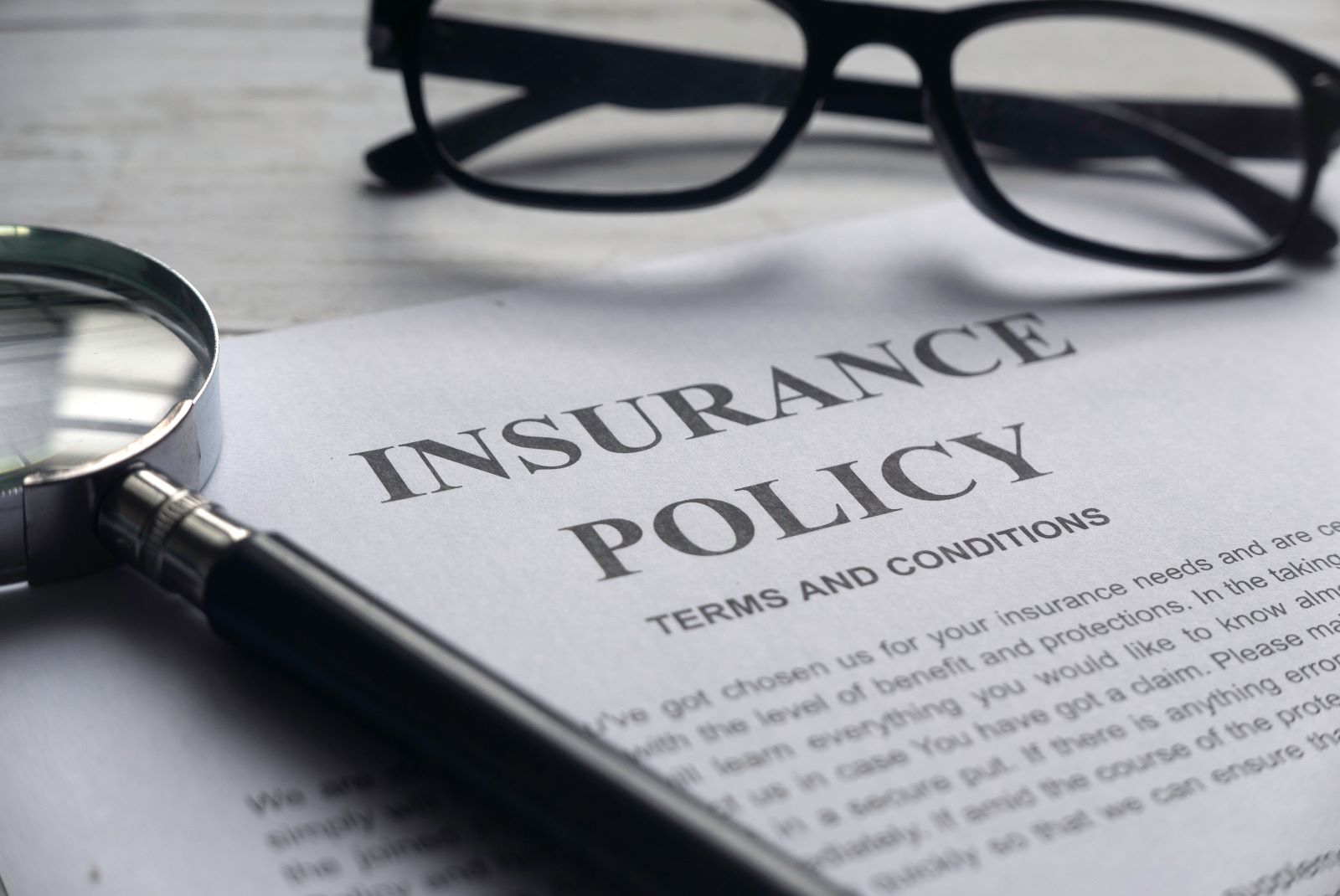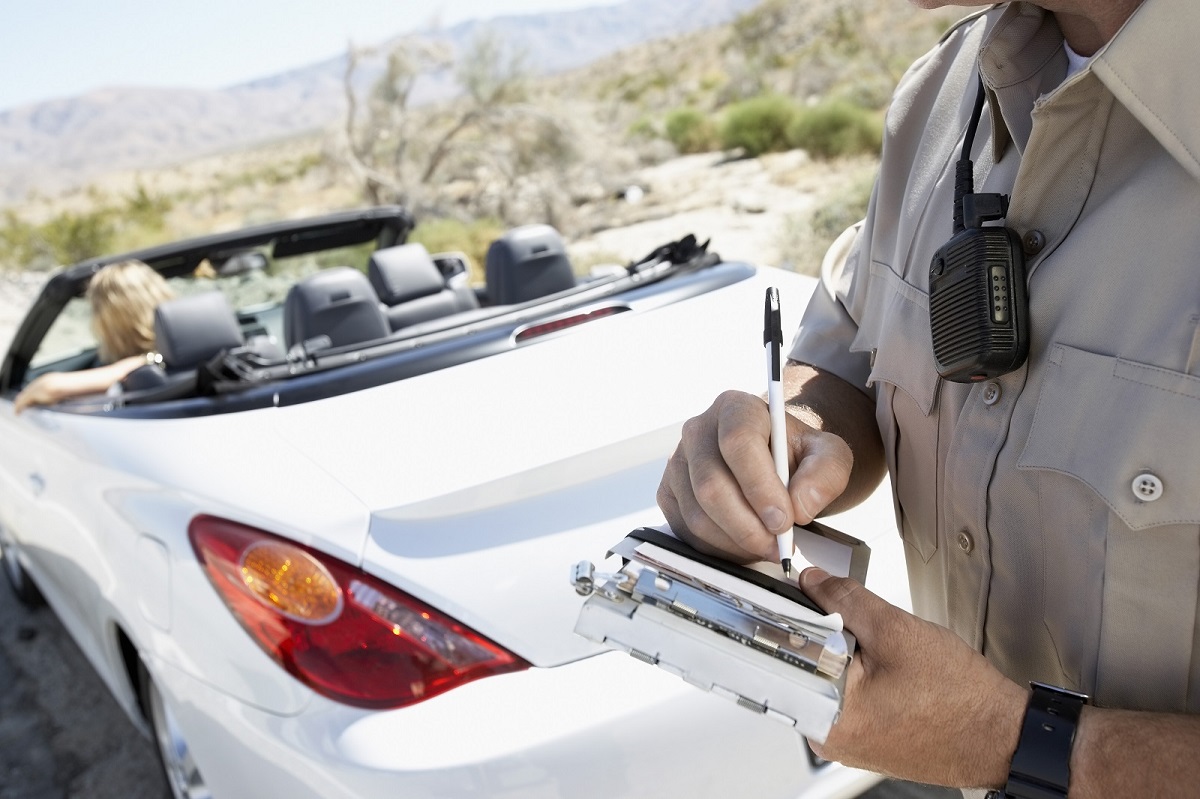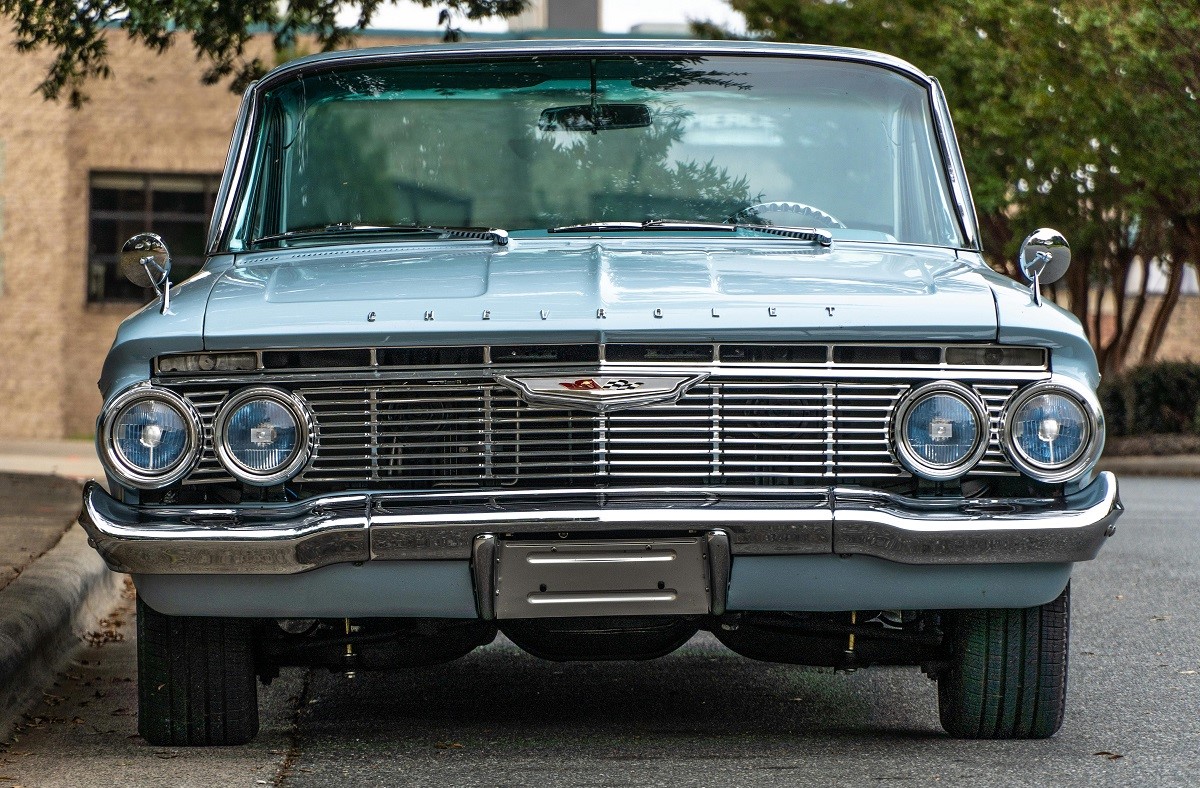Signing a car insurance policy isn’t as straightforward as it seems. Insurance companies often include clauses that can drastically affect your coverage and out-of-pocket costs. Here’s a breakdown of ten car insurance clauses you should scrutinize to avoid costly surprises.
1. Exclusions for High-Risk Drivers

Image Credit: Shutterstock / Indypendenz
Be wary of exclusions related to high-risk drivers. Many policies have clauses that deny coverage if you’re deemed a high-risk driver due to previous violations or a history of accidents. A 2024 report by the Insurance Information Institute (III) revealed that high-risk drivers could face policy exclusions that significantly reduce coverage, leading to expensive out-of-pocket costs.
2. Coverage Limits and Sub-Limits

Image Credit: Shutterstock / Faizal Ramli
Understand the coverage limits and sub-limits carefully. Some policies offer high coverage limits but have sub-limits for specific types of claims, such as personal belongings or rental cars. According to a 2023 survey by the National Association of Insurance Commissioners (NAIC), 40% of drivers are unaware of these sub-limits, which can lead to unexpected expenses.
3. Deductible Requirements

Featured Image Credit: Shutterstock / Song_about_summer
Check the deductible requirements for each type of coverage. Your policy might have different deductibles for collision, comprehensive, and other types of claims. A 2024 study by the Consumer Financial Protection Bureau (CFPB) found that higher deductibles can lower premiums but increase out-of-pocket costs when filing a claim.
4. Uninsured Motorist Coverage

Image Credit: Shutterstock / Andrey_Popov
Uninsured motorist coverage is crucial but often misunderstood. Many policies offer this coverage but with limitations on the amount you can claim if hit by an uninsured driver. Recent data from the Insurance Research Council (IRC) highlights that nearly 30% of drivers are underinsured or have inadequate uninsured motorist coverage, leaving them financially vulnerable.
5. Rental Car Coverage

Image Credit: Shutterstock / Jokiewalker
Be cautious about rental car coverage clauses. Some policies only offer limited coverage for rental cars, and you might be responsible for a significant portion of the rental costs. According to a 2024 report by the Insurance Institute for Highway Safety (IIHS), only 25% of drivers fully understand the limitations of their rental car coverage.
6. Usage-Based Insurance Clauses

Image Credit: Shutterstock / CrizzyStudio
Usage-based insurance can offer lower premiums but comes with privacy concerns. These policies track your driving habits, which can be used against you if you have poor driving scores. A 2023 study by the National Highway Traffic Safety Administration (NHTSA) found that usage-based insurance policies can lead to increased rates or denial of coverage based on driving behavior.
7. Replacement Cost vs. Actual Cash Value

Image Credit: Shutterstock / Indypendenz
Understand the difference between replacement cost and actual cash value (ACV). Replacement cost covers the full amount needed to replace your vehicle, while ACV factors in depreciation. The Insurance Information Institute (III) reports that 35% of drivers are surprised to learn their policy only covers ACV, leading to lower payouts in the event of a claim.
8. Gap Insurance Limitations

Featured Image Credit: Shutterstock / jd8
Gap insurance covers the difference between your car’s value and the amount you owe on a loan, but it often comes with restrictions. Some policies have clauses that exclude certain types of losses or have limits on the maximum payout. A 2024 survey by the National Association of Insurance Commissioners (NAIC) found that 30% of drivers are not fully aware of the limitations of their gap insurance.
9. Exclusions for Modifications

Image Credit: Shutterstock / Brandon Woyshnis
Insurance policies often exclude coverage for modifications made to your vehicle. Custom parts or enhancements might not be covered under your standard policy, leaving you at risk if they are damaged or stolen. A 2023 report from the Insurance Institute for Highway Safety (IIHS) revealed that up to 20% of drivers with modified cars face challenges in getting adequate coverage for their customizations.
10. Claims Frequency Penalties

Image Credit: Shutterstock / fizkes
Be aware of claims frequency penalties. Some policies include clauses that penalize you if you file too many claims within a certain period, resulting in increased premiums or reduced coverage. A 2024 study by the Consumer Financial Protection Bureau (CFPB) found that frequent claims can lead to a 10-15% increase in premiums or even non-renewal of the policy.
Stay Vigilant with Your Policy

Image Credit: Shutterstock / mojo cp
Understanding these car insurance clauses is essential to avoid unexpected costs and ensure you’re adequately protected. Always read the fine print and ask questions before signing to protect yourself from potentially costly surprises. Ready to dive into the details of your insurance policy and safeguard your financial future?
Police Magnet: 7 Cars That Guarantee You’ll Get Pulled Over

Image Credit: Shutterstock / sirtravelalot
Driving certain cars can make you more noticeable to law enforcement, even if you’re abiding by all the rules. Are you driving one of these “police magnets”? Here are seven cars that seem to attract more police attention than others. Police Magnet: 7 Cars That Guarantee You’ll Get Pulled Over
The Classic Cars That Were Total Clunkers

Image Credit: Pexels / Pixabay
Nostalgia has a funny way of making the past seem better than it was, especially when it comes to cars. But here’s the hard truth: some of those “classic” cars your dad raves about were real clunkers. Here’s a closer look at why some of those so-called “classics” weren’t all they were cracked up to be. The Classic Cars That Were Total Clunkers
The Worst U.S. Cars Ever Made: A Retro List

Image Credit: Pexels / Be The Observer
The U.S. auto industry has produced some incredible vehicles, but not every model was a hit. Here’s a look back at 16 of the worst cars ever made in the U.S., each infamous for its own unique flaws. The Worst U.S. Cars Ever Made: A Retro List
Featured Image Credit: Shutterstock / Opat Suvi.
For transparency, this content was partly developed with AI assistance and carefully curated by an experienced editor to be informative and ensure accuracy.



